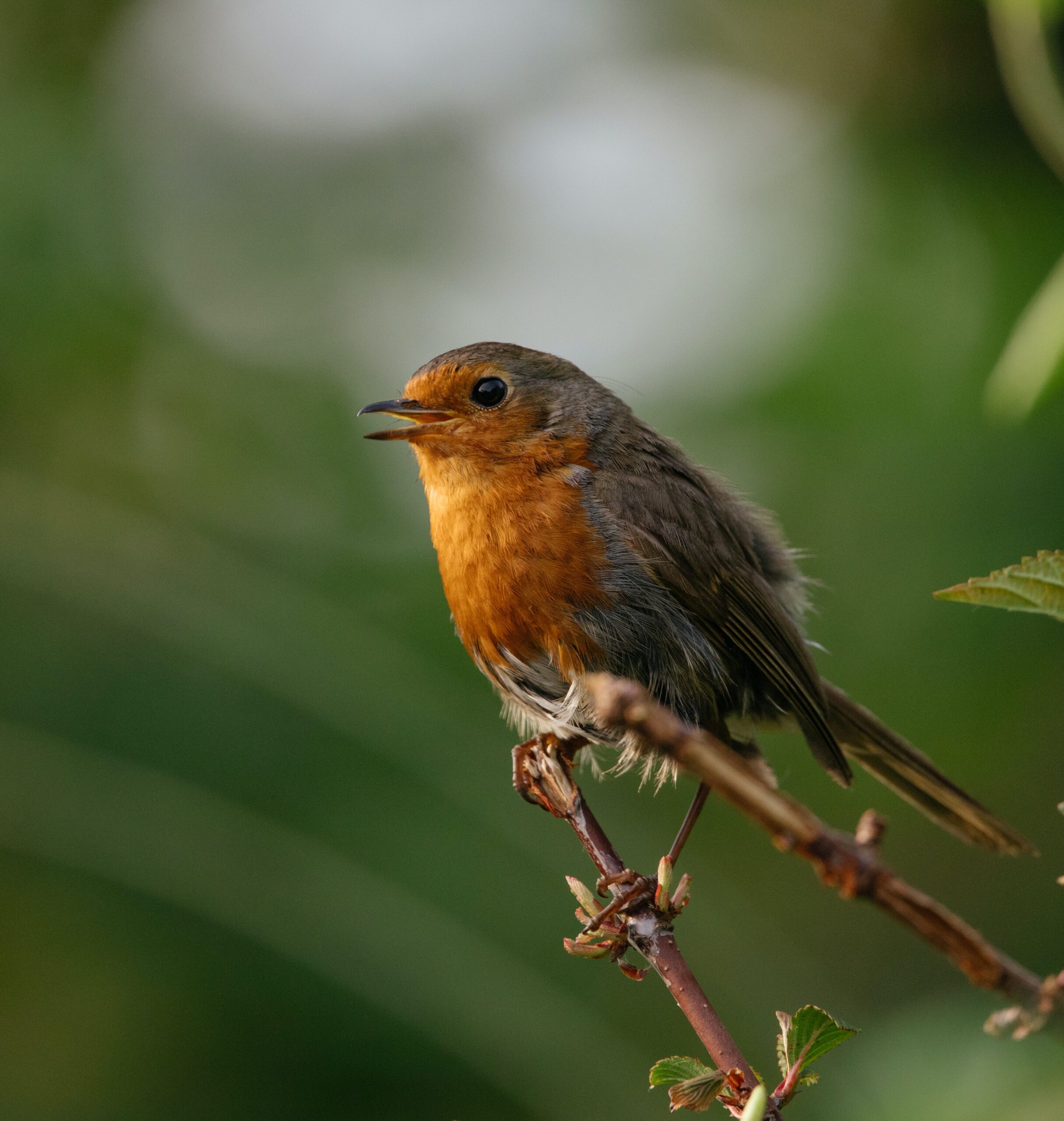What is a robin?
Robins are small to medium-sized birds known for their distinctive red or orange breast and melodious song. They belong to the thrush family and are commonly found in gardens, parks, and woodlands across North America and parts of Europe and Asia.
What do robins eat?
Robins primarily feed on insects, earthworms, and fruits. Insects make up a significant portion of their diet during the breeding season, while fruits become more important in the fall and winter months.
How do robins migrate?
Many robins are migratory birds, and their migration patterns can vary based on their location. In North America, for example, some robins migrate south for the winter, while others may stay in milder climates.
Do all robins have red breasts?
While the American Robin, which is common in North America, is known for its red breast, not all robins have this feature. There are different species of robins worldwide, and their colouring can vary. For example, the European Robin has a similar shape but is known for its orange-red breast.
When do robins lay eggs?
Robins typically lay their eggs in the spring, usually in April or May, depending on the region. The female builds a cup-shaped nest, often in a well-hidden spot, to protect the eggs.
How long does it take for robin eggs to hatch
It takes about 12-14 days for robin eggs to hatch after they’ve been laid. The female incubates the eggs, keeping them warm until they’re ready to hatch.
What is the lifespan of a robin?
In the wild, the average lifespan of a robin is around 2 years. However, many robins don’t survive their first year. If a robin survives to adulthood, it can potentially live for 5-6 years.
How can I attract robins to my garden?
You can attract robins to your garden by providing a variety of food sources, including insects and fruits. Planting berry-producing shrubs and trees can be particularly enticing. Additionally, offering a bird bath for water and a safe place for nesting can help attract robins.
Are robins considered a good luck symbol?
In many cultures, robins are seen as symbols of renewal, growth, and good luck. Their arrival in spring is often associated with the end of winter and the promise of warmer days ahead.
How can I help protect robins and their habitat?
You can help protect robins by avoiding the use of pesticides in your garden, providing clean water sources, and minimizing disturbances around nesting areas. Additionally, supporting conservation efforts and preserving natural habitats can make a significant impact.

